In the News
How New York City’s Trees and Shrubs Help Clear Its Air
As advocates are pushing the city to plant more trees, new research shows the role of urban greenery in absorbing carbon emissions.
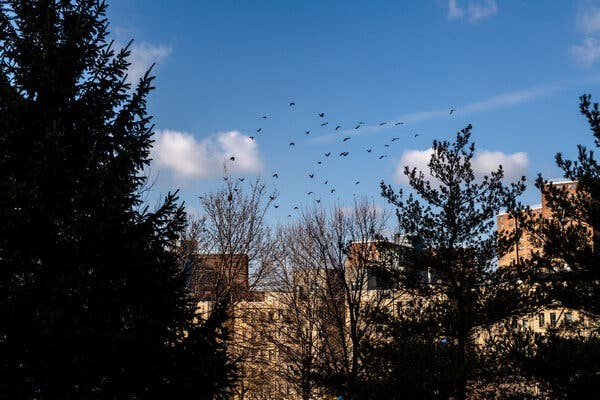 |
| New York City's greenery may absorb as much as 40 percent of the human-caused carbon emissions, according to a recently released study. Credit...Hilary Swift for The New York Times |
By Winston Choi-Schagrin
Jan. 19, 2023 Updated 9:04 a.m. ET
Andrew Reinmann looked past the buildings on a recent afternoon in Harlem and focused instead on the trees. Along St. Nicholas Terrace, Dr. Reinmann noted rows of London planes and oaks embedded in cement. In a park dotted with river birches, he saw a savanna.
New York is surprisingly verdant for a city inseparable from its glass-and-steel towers. And its greenery may affect the city’s carbon footprint much more than previously known, according to new research by Dr. Reinmann, a forest ecologist at City University of New York, and his colleagues.
The tree canopies, shrubs and lawns cover nearly 35 percent of the city, according to the study. During its growing season in the spring and summer, the greenery takes up enough carbon to absorb as much as 40 percent of the human-caused carbon emissions in the New York City area.
When carbon dioxide emissions stay in the atmosphere, they warm the planet through the greenhouse effect.
Those numbers were higher than expected, said Dr. Roisin Commane, an atmospheric chemist at the Lamont-Doherty Earth Observatory and a co-author of the study. “Everyone working on atmospheric stuff has assumed the city is a gray box, and that it’s dead,” she said. “But the trees and grass add up.”
For the study, published last month in the journal Environmental Research Letters, the researchers analyzed new radar images that mapped the city into six-inch grids, which enabled them to account for tiny patches of vegetation, including backyard grasses and shrubs, that had been missed by previous surveys.
“Most of us never really thought about what lawns are doing in cities,” Dr. Reinmann said. “But they can be wildly productive ecosystems.”
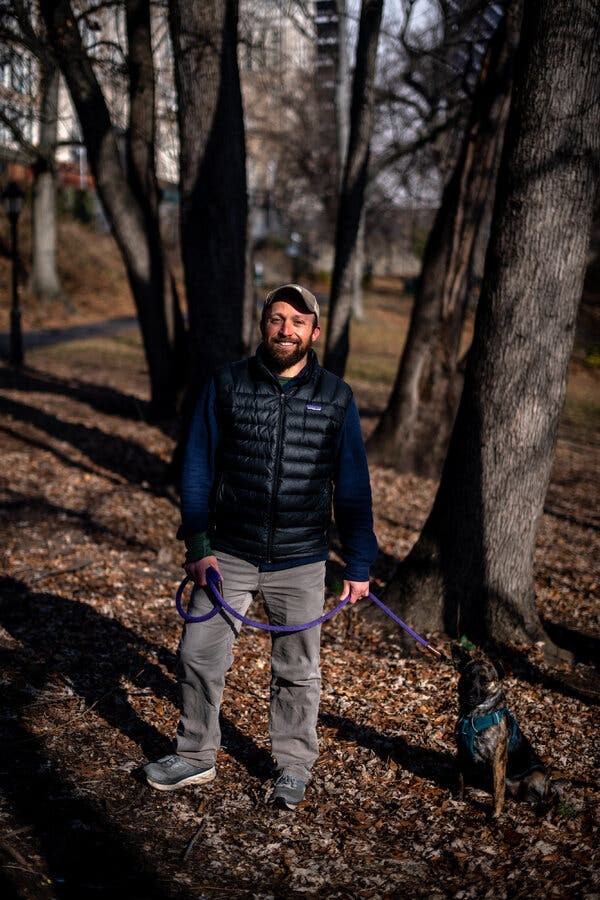 |
Lawns “can be wildly productive ecosystems,” said Andrew Reinmann, a forest ecologist. Credit...Hilary Swift for The New York Times |
Before this work, atmospheric scientists didn’t know the extent to which the city’s trees and vegetation were affecting their calculations. The researchers came up with the idea of studying greenery while investigating vehicle emissions in New York City.
The study, researchers said, would help city officials better understand whether new policies to reduce emissions, like congestion pricing or retrofitting energy-inefficient buildings, would be effective. “We do need to reduce combustion in cities, and we can’t just hide it with trees,” Dr. Commane said.
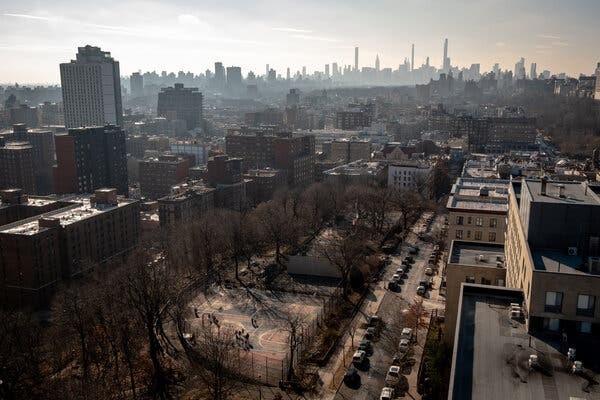 |
Plants only absorb carbon when they are photosynthesizing during the growing season, which in New York is around six months. Credit...Hilary Swift for The New York Times |
Plants only absorb carbon when they are photosynthesizing during the growing season, which in New York is around six months long. They release carbon dioxide at night, so not all of the carbon taken up during the day will be stored long-term.
The study comes at a critical moment for the city’s tree advocates, who have been galvanized by mounting research showing the benefits of urban greenery and are hopeful that this year city officials will take steps to plant more trees.
“This study reinforces the tremendous role of the urban forest in helping to address climate change,” said Emily Nobel Maxwell, the cities director at the Nature Conservancy in New York.
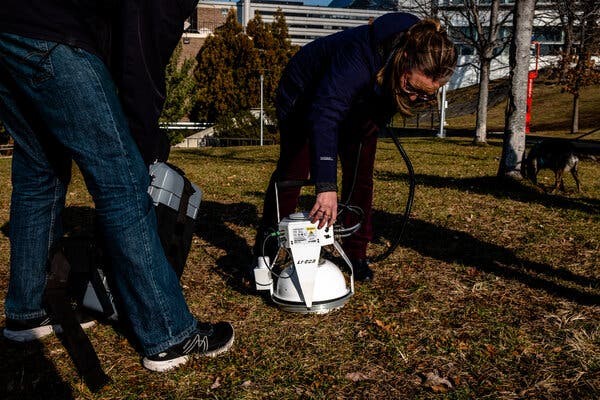 |
Dr. Roisin Commane analyzing the grass in Harlem.Credit...Hilary Swift for The New York Times |
Last year, the five borough presidents called on the Adams administration to plant a million trees by 2030, a successor to the million trees campaign introduced by Mayor Michael R. Bloomberg. Since then, half a dozen community boards have introduced or adopted resolutions to support the campaign.
Street and backyard trees are one of the most important tools cities have to combat deadly heat, especially in low-income neighborhoods or communities of color that are at greater risk of heat-related illness and have historically had less greenery. By offering shade and producing water vapor, they can cool neighborhoods by as much as 10 degrees, a crucial difference as extremely hot days become more common with climate change.
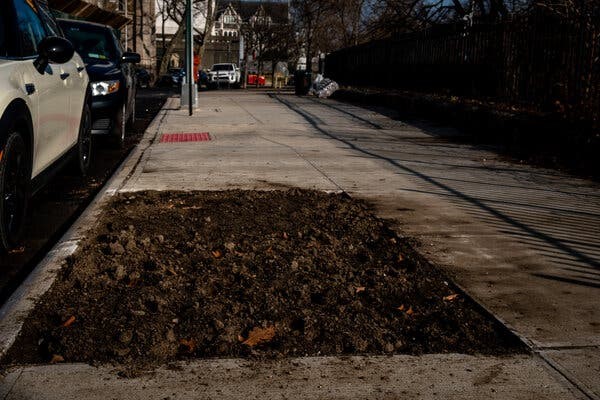 |
Flower beds and tree pits play a role in reducing the amount of carbon dioxide in the atmosphere. Credit...Hilary Swift for The New York Times |
The City Council is pursuing ways to increase the city’s tree canopy cover by 50 percent before 2035, said Council Member Shekar Krishnan, who framed the plans as not only about climate policy but also racial justice.
“In cities, we know that trees have this great benefit of cooling, providing shade and just the fact that they are pretty,” Dr. Commane said. The carbon uptake, she said, is “just an added bonus.”
Winston Choi-Schagrin is a reporter covering climate and the environment. @winstonc_s
Reprinted from https://www.nytimes.com/2023/01/19/nyregion/trees-plants-air-quality-nyc.html
